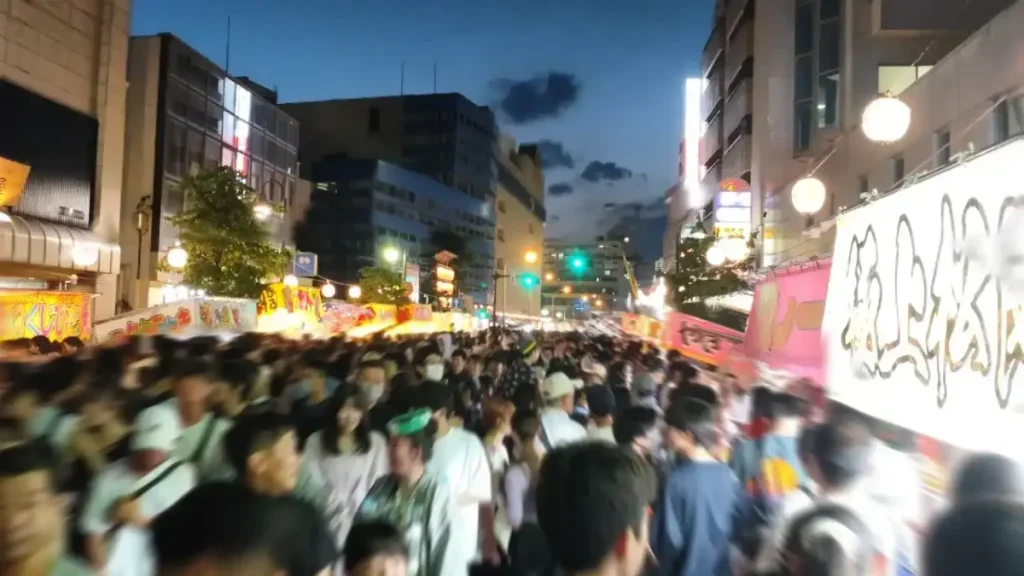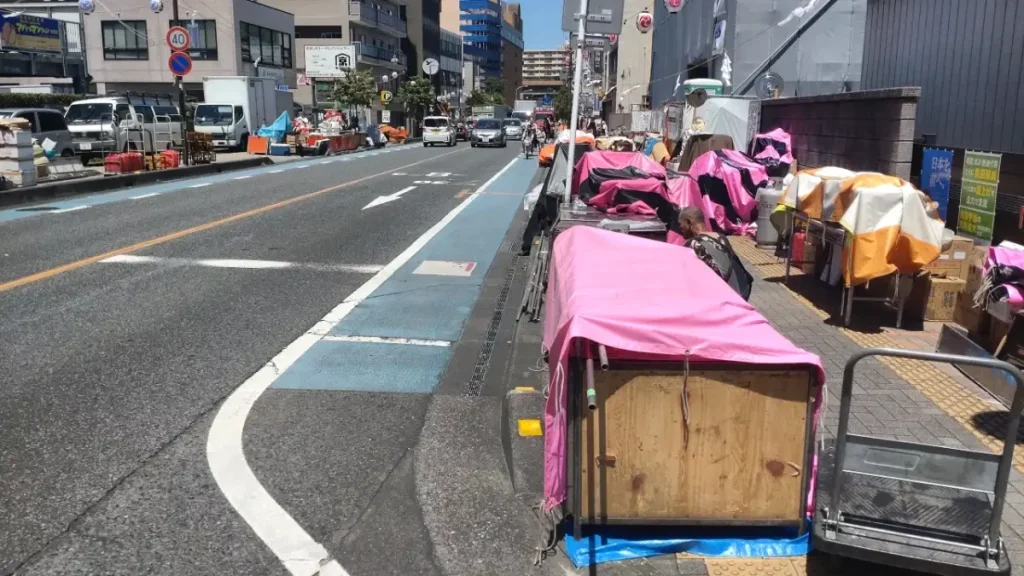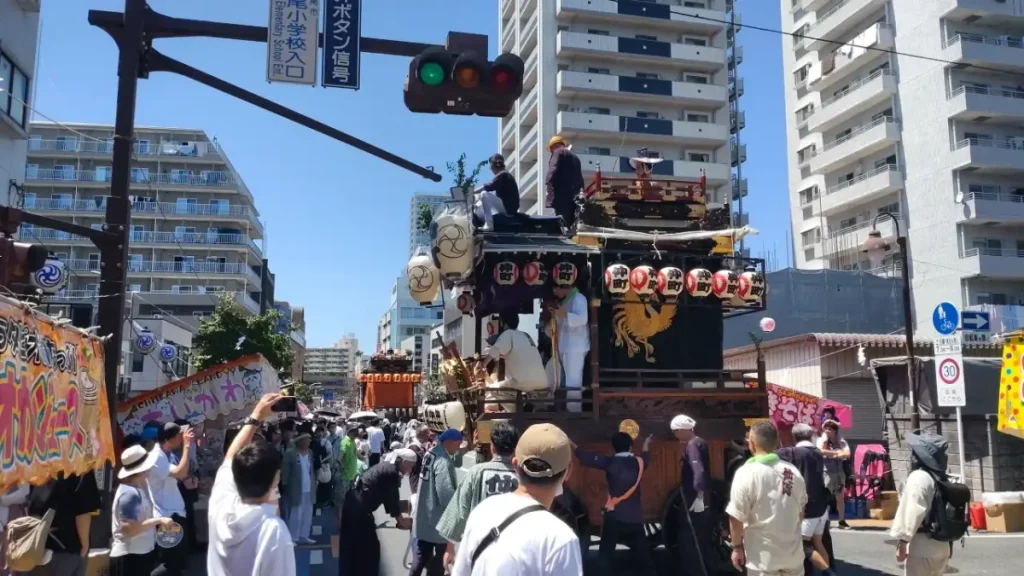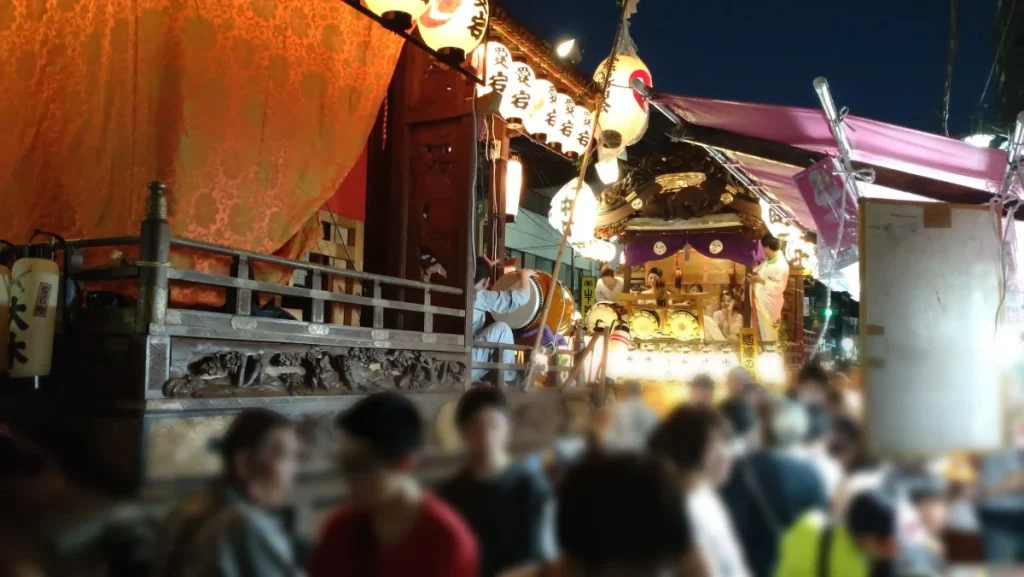
In Japan, the festivities held in summer are commonly known as “Natsu Matsuri” or summer festivals. Specifically, this term often encompasses events from early July to late August, during which various regional festivals take place across Japan.
Many of these summer festivals have agricultural origins, with the purpose of warding off pests and typhoons that could hinder a bountiful harvest.
In Japanese summer festivals, “DASHI” and “MIKOSHI” traverse the localities, and along the routes, stalls are set up, attracting people of all ages, from children to adults.
Summer Festival in the Town Where Second Son Lives


The town where Second Son resides hosts a grand summer festival. Naturally, “DASHI” and “MIKOSHI” are part of the festivities, blocking the main road for approximately 500 meters on both sides with an array of stalls.
“DASHI” is a general term for floats pulled or carried during festival processions in Japan. Often adorned with wheels, these decorated platforms are pulled by a large group of people.
“MIKOSHI,” deeply associated with Shinto, is usually stored in shrines or local facilities. Mounted on a frame constructed with logs and other materials, it is carried by a large group of adults through the festival.
Festival preparations start in the morning, and by midday, the shops begin to open. Every year on the festival day, Second Son and his wife go to the festival, buying food from the stalls for lunch.
Since 2-1 became an upper-grade elementary school student, they have been going to the festival with school friends, enjoying the festivities from afternoon to night.
Festival stalls offer not only food but also various games and lotteries, providing endless excitement for children.
Summer in Saitama, especially where Second Son lives, is exceptionally hot. However, during the summer festival, it has become a tradition for Second Son and his wife to enjoy a short stroll with a beer bought from a stall.
However, in the past few years, the summer festivals were canceled due to the impact of COVID-19, making for a lonely summer.
The resumed summer festival from last year was particularly lively this year, with many people enjoying the festivities. Visitors found their favorite stalls, indulging in food tasting, and delighting in the “DASHI” and “MIKOSHI” parades.




